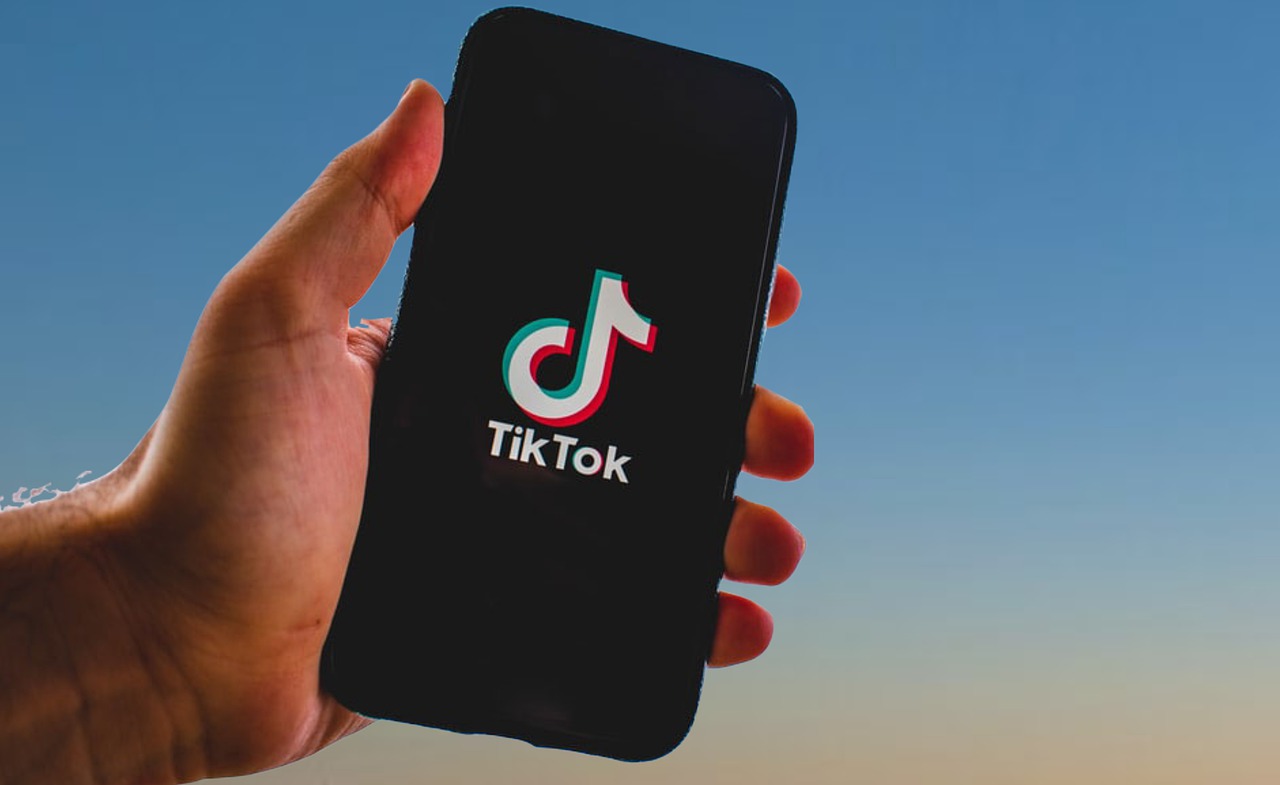11 Tips For Mastering Video Calls That Wow Your Clients via @sejournal, @oxbird_com
Business owners and executives are accustomed to poorly ran meetings. Learn how to wow your guests by executing video calls with excellence. The post 11 Tips For Mastering Video Calls That Wow Your Clients appeared first on Search Engine...

What if you and your clients could look forward to video meetings instead of viewing them as a necessary evil?
According to a Korn Ferry 2019 study, “89% of workers say they waste time each week attending unproductive meetings and calls.”
This current trend of poorly executed meetings provides ample opportunity for you to shine as a video meeting aficionado.
You can transform this aspect of the client journey with proper execution, resulting in a more fulfilling role and stickier client relationships that will increase your value in the marketplace.
Before The Meeting
Laying a solid foundation for an excellent meeting is where preparation comes in.
Do Your Homework
It helps to know if your attendees – or someone close to them – have a recent accomplishment that involves congratulating or rejoicing with them or simply asking about it.
You simply want to do proper reconnaissance to ensure you have the right amount of current, meaningful knowledge. Trust me; it’s well worth the extra 5–10 minutes of research and will be a game changer for both parties.
Build Q&As Into Your Agendas
Questions are inevitable in video calls, especially in our industry.
Notwithstanding the verbal recap mentioned later in this article, you’ll want to reserve the last five minutes for questions and answers.
If you neglect this practice, you risk going over time or rushing your exit, both of which are video call no-nos.
Send Manual Reminders
First, you’ll want to send a manual meeting reminder an hour or two before game time.
Automation is not failproof, so manual reminders ensure your attendees show up despite technological glitches.
Manual reminders also add a nice human element by customizing the experience and communicating your involvement and interest.
Consider inserting light humor into these reminders to build a rapport with the participants.
In short, this practice serves as a simple way to go the extra mile.
Confirm Audio & Video
The most important pre-meeting check is firing up your software 5–10 minutes early to ensure your audio and video are in full working order.
You will want to see what your background looks like and confirm that your bedhead is under control.
Take note of the mute button, and be careful not to mute yourself while talking on the call!
During The Meeting
No matter how often you’ve been on video calls, there’s always some discomfort.
Eliminate Awkwardness
Eliminate awkwardness right out of the gate with a question or comment about your attendees or their business.
The ideal scenario here involves you celebrating something with the participants, as we covered above.
This approach may not be as creative as fun icebreaker suggestions, but it is safe.
And it enhances the client experience by adding another level of personal touch.
Here are some life-event examples:
Brand anniversary: The company recently celebrated (or is about to celebrate) an anniversary since its launch. Role anniversary: An attendee recently celebrated (or is about to celebrate) their anniversary in their current role, with the company, or in the industry. Recent promotion. Recent post/article. Recent project or case study. Redesign of brand and/or website. Wedding. Wedding anniversary. Birth of a child. Birthday. Graduation. Favorite professional sports team victory. Marathon.Note: Most of these events are not limited directly to your attendees; they can also apply to one of their loved ones.
Communicate Hard Stops
One meeting party foul, in my book, is not communicating a hard stop at the onset of the meeting.
Let attendees know, as soon as possible, that you need to end at the agreed-upon time.
Failure to do so can create an awkward end to a meeting, depending on how the time is managed.
Reiterate The Agenda
As a strategic courtesy, remind invitees of the timeframe for the meeting and confirm that it still works for them.
Something like, “It looks like we carved out 30 minutes for this meeting. Does that still work for you?”
Second, don’t assume attendees read the itinerary.
Make sure they know what’s on the line-up, and allow them to make an addendum.
This critical step in the meeting sets proper expectations and gives the attendees a sense of control, both of which will put them at ease.
Stick To The Agenda
We all know this is much harder to do than it sounds.
It is important to ensure that you use the agenda as your guide for executing the meeting.
Do not veer off into areas not previously agreed to by both parties.
First, it can be seen as unprofessional to go off on tangents not included in the original talking points.
The reality is that people do this all the time, and it will probably go unnoticed.
However, here is what will not go unnoticed: A tightly run meeting that sticks to the agenda, which will stand out in the crowd every time.
How To Address Peripheral Inquiries
What about tough scenarios where the attendee interjects a comment or question guaranteed to derail or delay the meeting?
In this situation, it is best to simply acknowledge the question and ask for permission to address it at the end of the meeting.
That offers yet another opportunity to provide a sense of control to your guests while managing your meetings efficiently.
The attendee will also appreciate you bringing up their inquiry at the end of the meeting because it is another indicator that they have been listened to and prioritized.
At the end of the meeting, you have two options.
If you have a hard stop, tactfully highlight the meeting’s success and ask permission to address their question via email or similar.
You can even add it to the next meeting if applicable.
Even if you have some flexibility, you should still underscore the successful meeting before addressing any peripheral concerns, helping to ensure they understand you upheld your end of the deal.
Provide a verbal recap of the meeting (discussed below) and highlight that you’re ending on time, indicating that you managed the meeting well and were respectful of their time.
The recap is followed by a comment like, “Fred, you had a question earlier about ________. I do have some extra time if you would like to extend the meeting, or we can tackle this via email if that works better for you.”
Notice that you are tactfully highlighting that they are prolonging the meeting.
Provide A Verbal Recap
Verbally recapping a meeting is one of my favorite things to do when it concludes.
It enhances thoroughness, provides helpful summaries, and creates a less awkward ending.
These recaps should be comprehensive, highlighting all the main talking points of the meeting, including incidental topics.
They should also be succinct, bullet point-like statements.
End On Time
This cannot be overstressed.
First of all, it communicates that you respect everyone’s time.
Second, it shows that you know how to run a meeting efficiently.
And, if you’ve covered everything necessary in less than the allotted meeting time – feel free to end the meeting early. After all, who doesn’t love reclaiming a few minutes of their day?
Send An Email Recap After The Meeting
This is just a best practice.
Yet, how many of us are guilty of neglecting this step?
This should be a simple email with a bullet point for everything discussed, including action items.
You should also ask the recipients to confirm that nothing was missed.
Conclusion
Consider practicing a couple of these tactics at a time until they become habitual.
Follow that up by implementing a few more.
This will prevent you from feeling overwhelmed and thus failing to improve your video call management.
Mastering video calls is a simple way to earn the respect and appreciation of those you meet with.
Equally noteworthy is the great satisfaction you will experience when executing your meetings with finesse.
Here’s to you becoming that digital marketer everyone looks forward to meeting!
More resources:
What’s the Best Way to Get Client Buy-In for SEO? 20 Signs You & Your Clients Are Alienating Each Other SEJ A Guide to Essential SEO Tools for AgenciesFeatured Image: fizkes/Shutterstock

 Tfoso
Tfoso 































